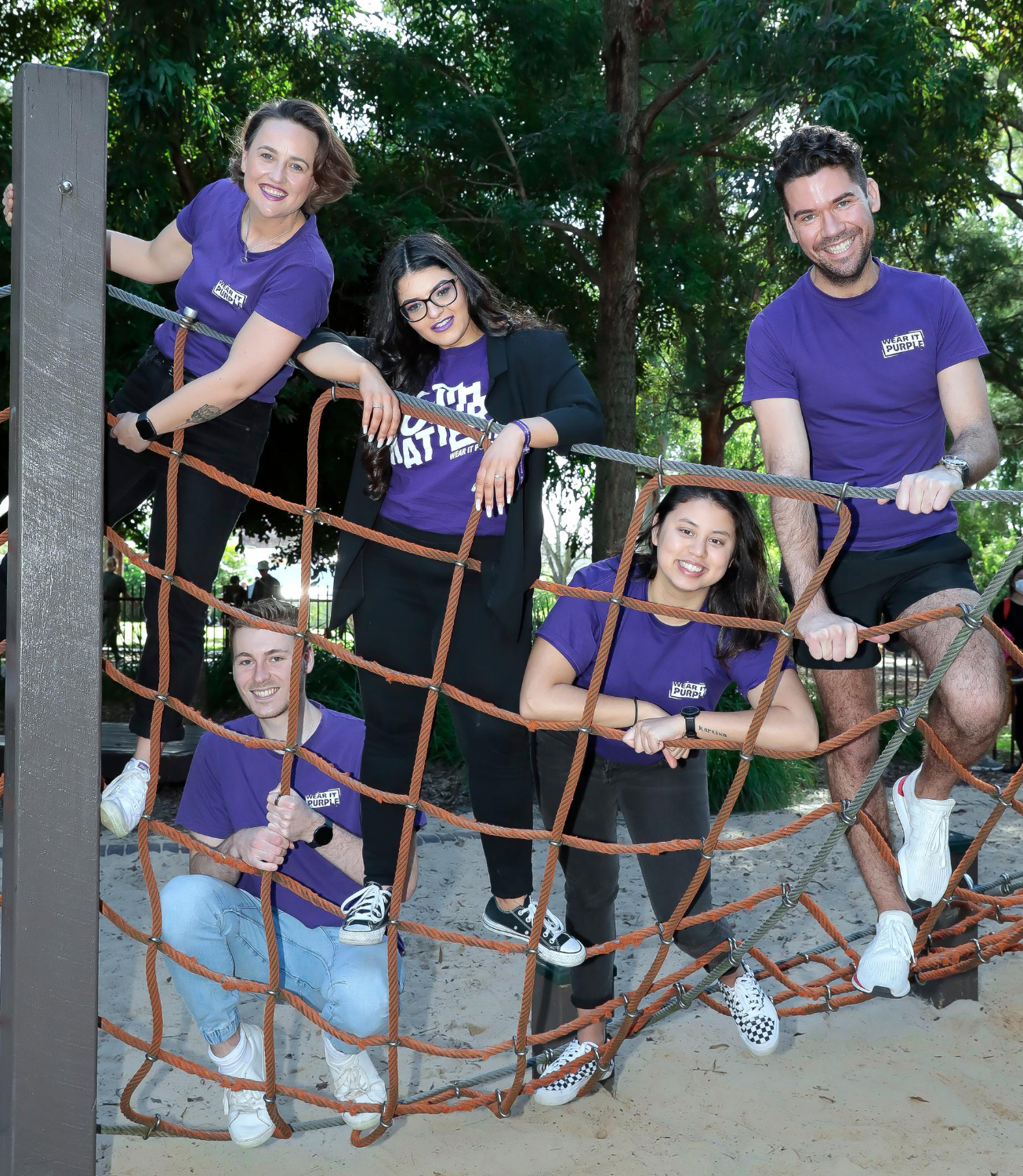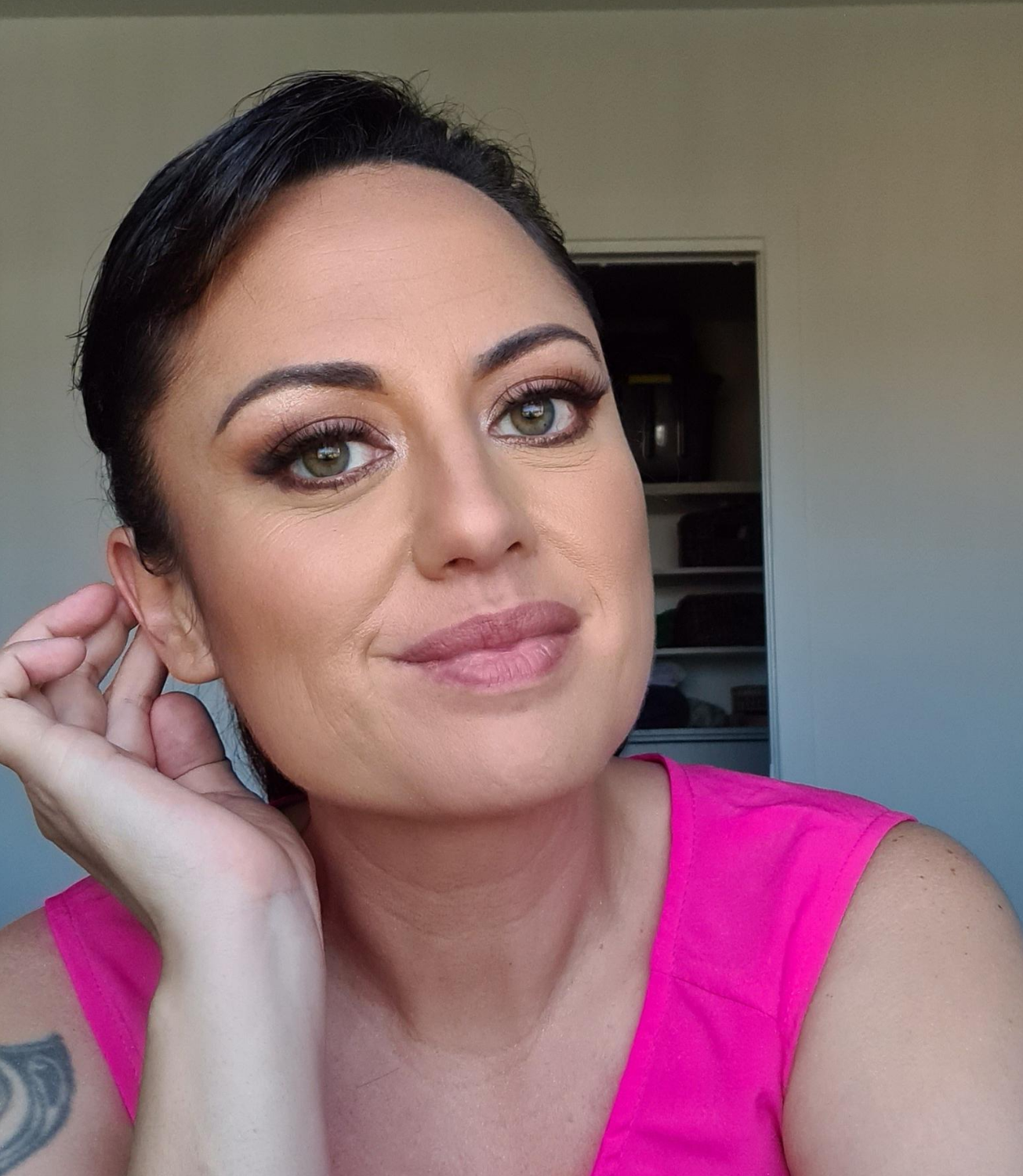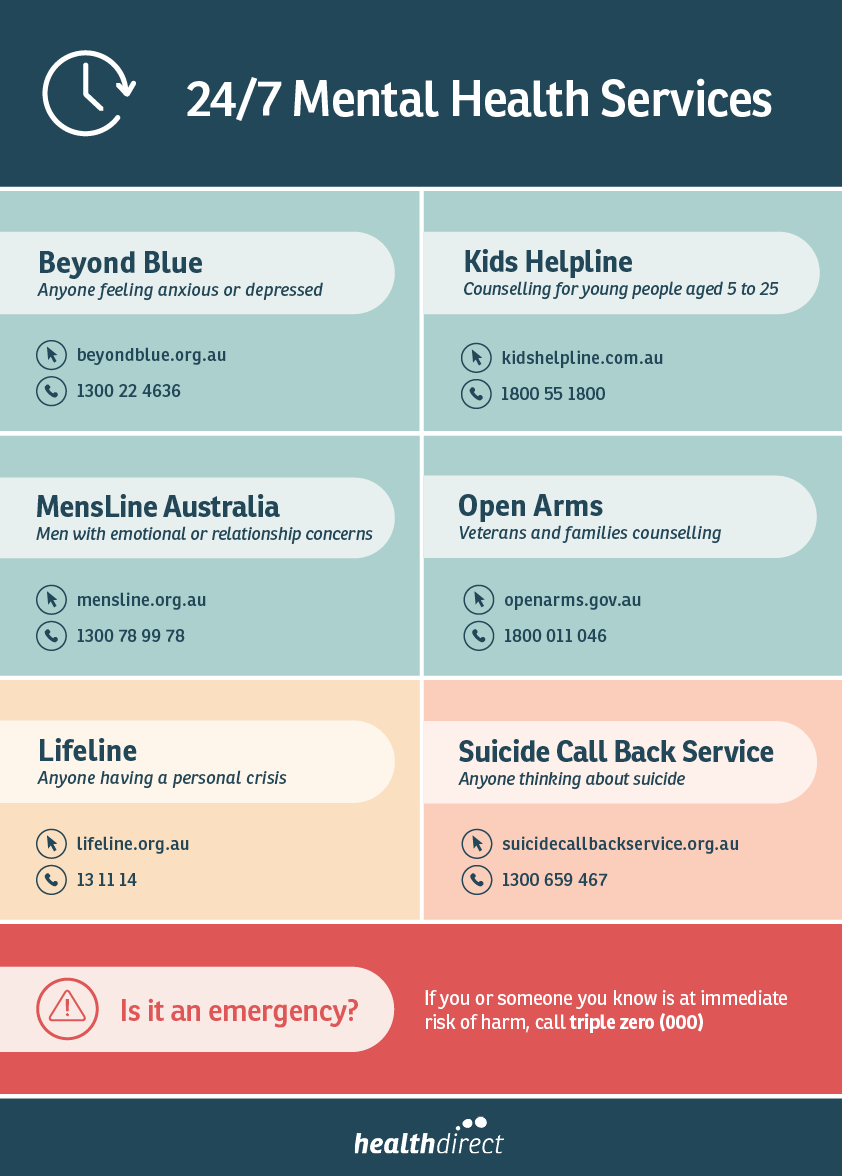
Wearing it Purple at nbn for rainbow youth
“I have a ‘coming out’ story that most people can relate to,” says Naomi Wilson.
An Upstream Completion Manager at nbn, Naomi describes herself – “in no certain order” – as a Ngarabal Aboriginal woman, lesbian, mother, partner, sister, daughter and people leader.
“My family were not very supportive, and it’s taken a very long time for them to accept me and my partner of 18 years.”
Growing up, Naomi felt isolated.
“In my teens, I was alone … I had limited opportunity to meet other ‘rainbow people’, to build my network, develop my skills and contribute to my community.
“I had no access to safe spaces or supportive environments away from bullies or those that didn’t or wouldn’t understand.”
It’s these early chapters, marked by adversity, that have led Naomi to another important role in life.

What is Wear it Purple?
An international movement, Wear it Purple “strives to foster supportive, safe, empowering and inclusive environments for rainbow young people”.
It does this by focusing on four key areas – awareness, opportunity, environment and collaboration – including through its annual Wear it Purple Day.
“Wear it Purple Day is important because it shows young LGBTIQ+ people across Australia that they are seen, that they are respected and that they are safe to be their true, authentic selves,” says President and Director of Wear it Purple, Ross Wetherbee.
Wear it Purple was founded a decade ago in response to worldwide stories of rainbow young people taking their own lives due to bullying and harassment.
It’s estimated that 75 per cent of LGBTIQ+ young people will be the victims of bullying because of their sexuality, with 80 per cent experiencing this bullying in school.
This also means that LGBTIQ+ young people are up to five times more likely to experience anxiety and up to 12 times more likely to experience depression.

Wear it Purple at nbn
Just like Naomi, for nbn Project Officer Nikki Haami-Jones, it’s personal.
“As a mother and aunty of young people who identify as part of the LGBTIQA community, it’s important for me to raise awareness in every community because our young people’s diversity does not begin or end in just the LGBTIQA community.”
This year, nbn will once again celebrate Wear it Purple Day with a series of activities aligned with the theme for 2020: We are the change.
“At nbn, we place a priority on building an inclusive and supportive environment where we can all feel welcome to bring our whole selves to work,” says Brad Whitcomb, Chief Customer Officer at nbn and Executive Sponsor for nbn™ Pride.
“Wear it Purple is a great organisation that seeks to promote this message and to support and empower young people to bring their whole selves to everything that they do.”

Among the activities, on Friday 28 August, nbn employees can tune in to a special webinar to hear from Wear it Purple’s Ross and Rick Macourt, a member of the Sydney Gay and Lesbian Mardi Gras and First Nations Rainbow boards.
Plus, a Wear it Purple virtual fashion parade is set to showcase the best lavender threads. Naomi is ready to go: “I already have my Wear it Purple T-shirt and socks.”
Companies getting involved
So, why is it important for companies like nbn to get involved in Wear it Purple?
“It’s important for companies to show support because young LGBTIQ+ people are going to be entering the workforce in the next few years, and they are starting to think about the type of careers they want to have,” says Ross.
“When organisations support days like Wear it Purple Day, it shares a strong message to our next generation of young leaders that there are safe and inclusive organisations where they don’t have to hide.”
It’s a sentiment shared by Brad.
“It is important for companies like nbn to get involved in Wear it Purple Day for two reasons; first, we know that young LGBTI people are subject to bullying at a disproportionally high rate, the majority of which occurs online.
“So, as an internet service provider, we feel it is important to be involved in Wear it Purple Day, which seeks to promote inclusivity.”

“… we know that young LGBTI people are subject to bullying at a disproportionally high rate, the majority of which occurs online. So, as an internet service provider, we feel it is important to be involved in Wear it Purple Day, which seeks to promote inclusivity.”
Brad Whitcomb, nbn
And secondly?
“By recognising Wear it Purple Day at nbn and promoting inclusivity in the workplace, we set an example for our community and drive the theme of Wear it Purple Day this year: ‘we are the change’.”
How you can get involved

Wear it Purple offers resources for schools and workplaces to get involved in the celebrations, plus you can donate to help provide schools with no-cost resources, bolster national participation in Pride events, and to help fund new initiatives.
Despite 2020 being a challenging year for many, Ross says it’s still possible to virtually celebrate Wear it Purple Day this year, just as nbn is doing.
“2020 certainly has not worked out the way any of us had planned, I think it’s safe to say that!
“Oddly enough, the impact of COVID-19 has driven Wear it Purple Days to be more virtual than ever before, which has enabled our reach to be so much broader, especially into regional and rural areas, and we’re seeing many of those schools and institutions participating for the very first time, which is awesome!”
Stopping online harassment and bullying
At nbn, we know there are many great benefits to connectivity – but it can also bring negatives, like online harassment and bullying.
The Australian Government’s eSafety Commissioner provides advice to young people about handling cyberbullying, including:
- Resist the urge to respond
- Screenshot evidence
- Report and block
- Talk to someone
- Report it to eSafety
The eSafety Commissioner also encourages those who witness cyberbullying to be upstanders, not bystanders. Rather than letting bullying behaviour online slide, “if it feels safe and right”:
- DM your friend
- Call it out
- Get extra help
- Help your friend to report cyberbullying
Resources are also available for adults experiencing cyber abuse.
Where to get help
If you need someone to talk to, or want to find out more, these organisations can help you. Many have specific support for people who are LGBTI.
- Head to Health – a guide to digital mental health services from some of Australia’s most trusted mental health organisations
- QLife (counselling and referral service for LGBTI people) – call 1800 184 527 or chat online
- Beyond Blue (for anyone feeling depressed or anxious) – call 1300 22 4636 or chat online
- headspace (mental health service for ages 12-25)
- ReachOut.com (youth mental health service) – visit the website for info or use the online forum.
- Lifeline (support for anyone having a personal crisis) – call 13 11 14 or chat online
- Suicide Call Back Service (for anyone thinking about suicide) – call 1300 659 467
You may also be interested in visiting these sites:

